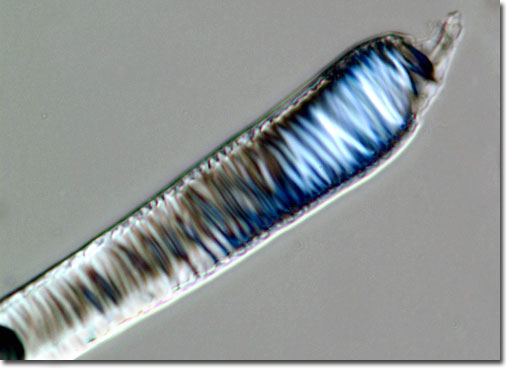|
In order to prepare kapok fiber for export, the material is removed from the pod by hand and then dried and separated from the seeds. Though too brittle and inflexible to be spun into thread, importers have found other uses for the substance. Since kapok fibers are cellulose tubes that contain a small quantity of air, they are extremely buoyant and can support up to 30 times their own weight in water. The material, therefore, is often used in life preservers and other water-safety gear. Due to its other commendable qualities, such as its non-allergic, non-toxic, and odorless nature, kapok fiber is also popular for stuffing items like pillows, mattresses, and sleeping bags.
|
